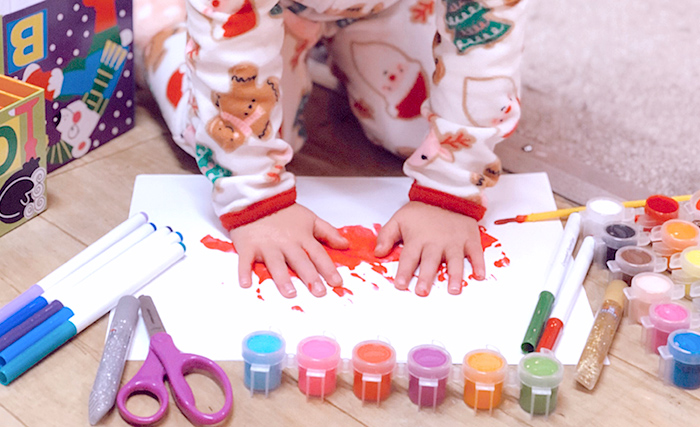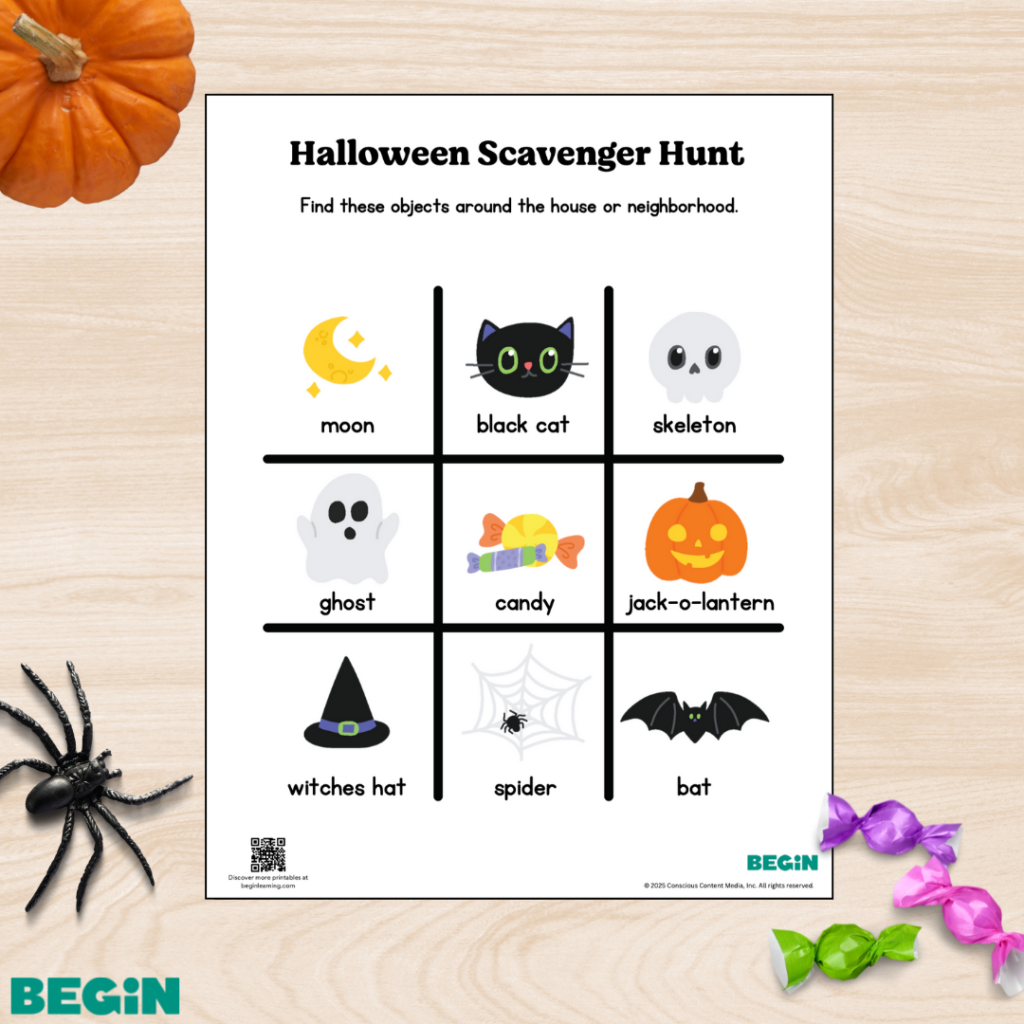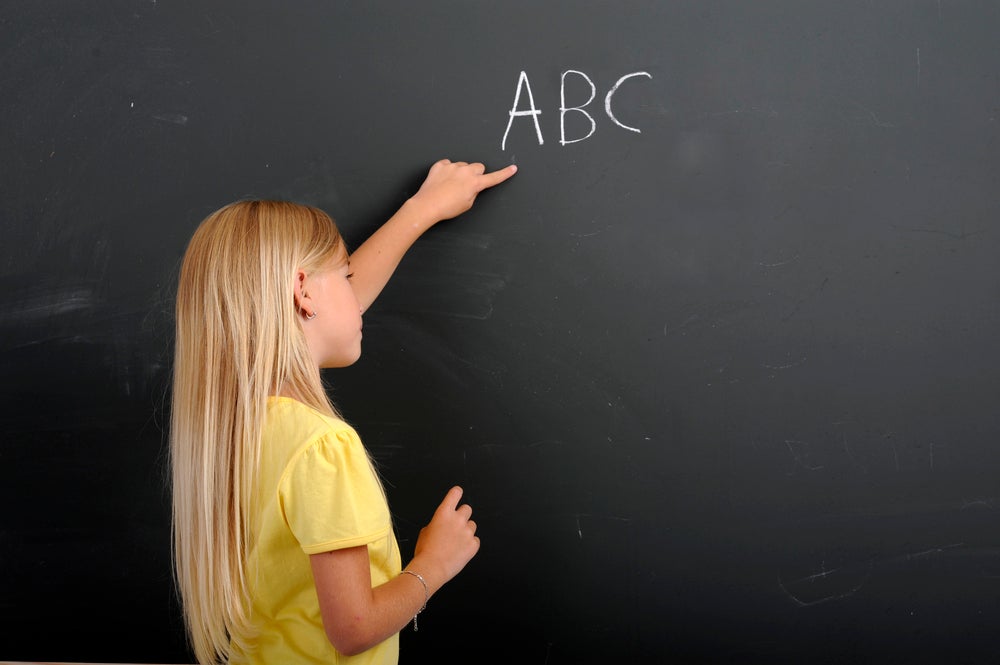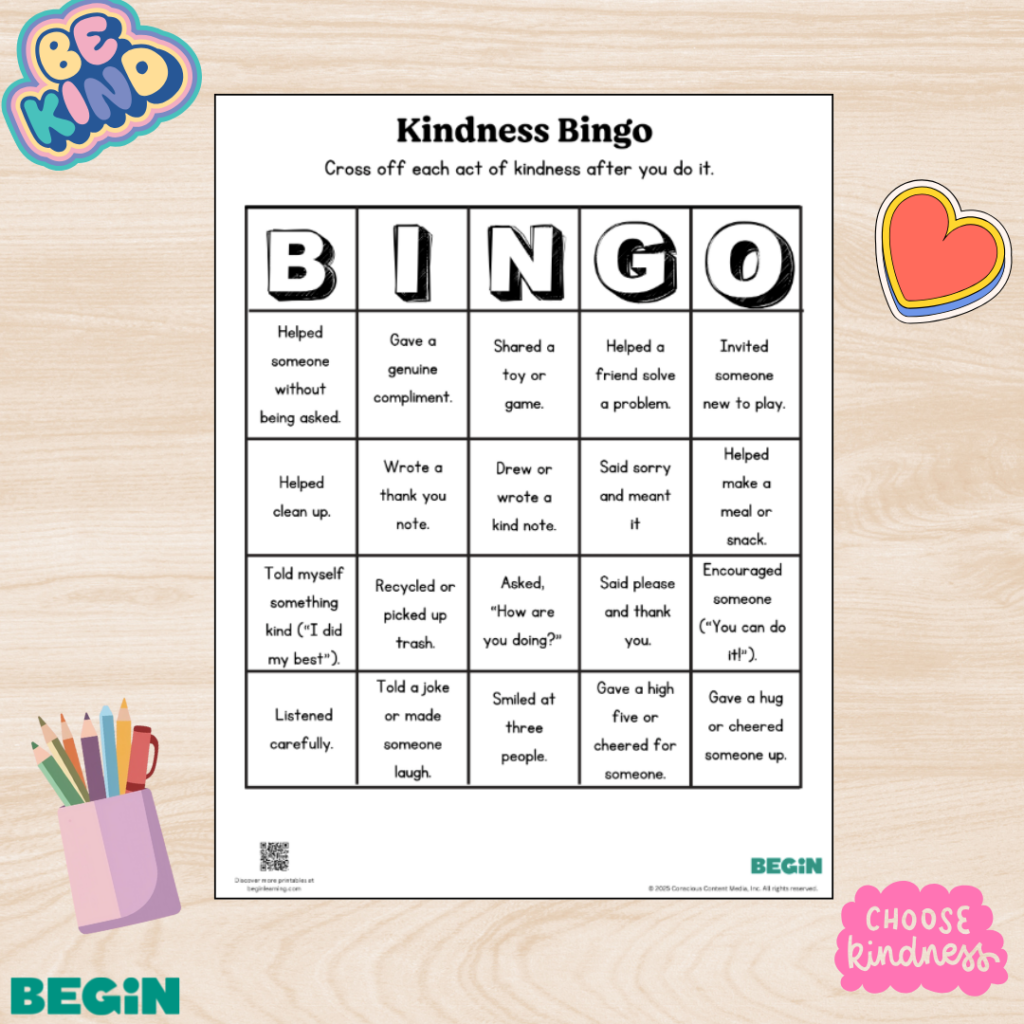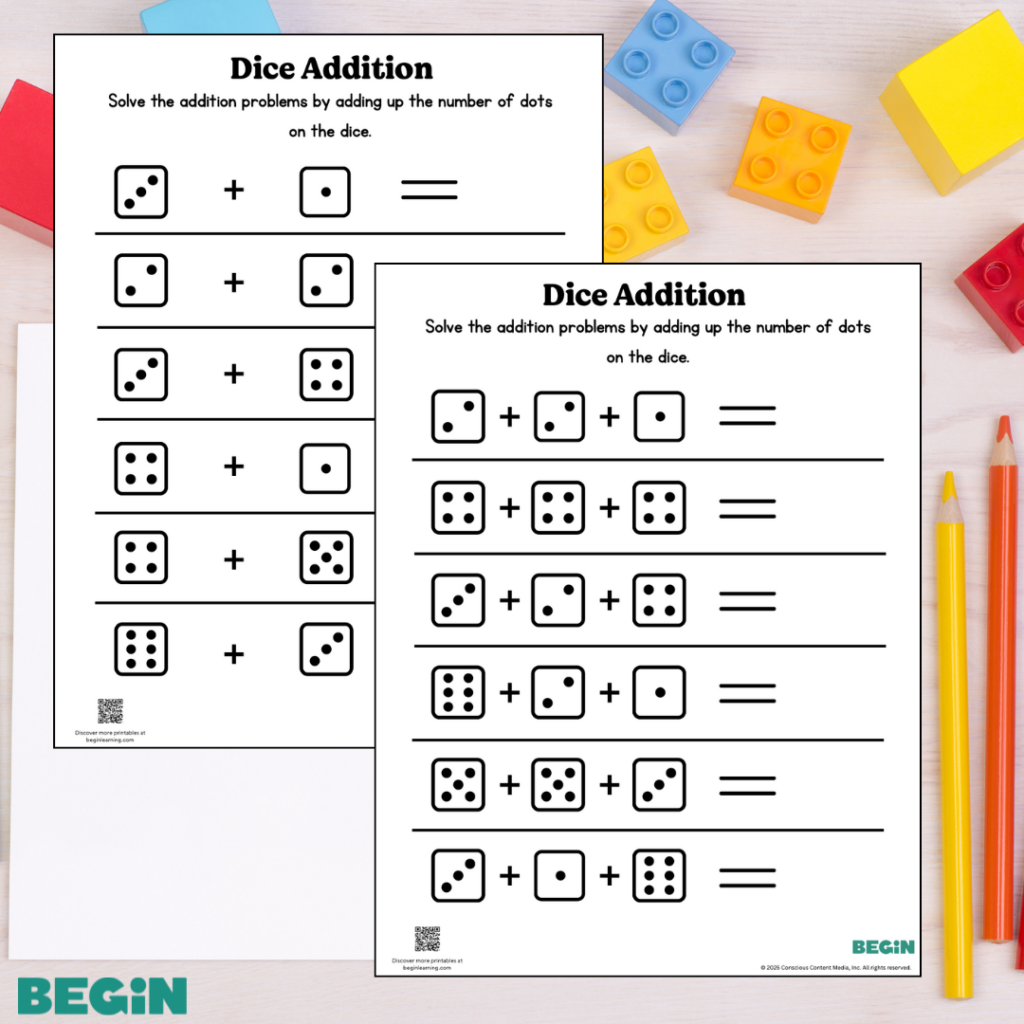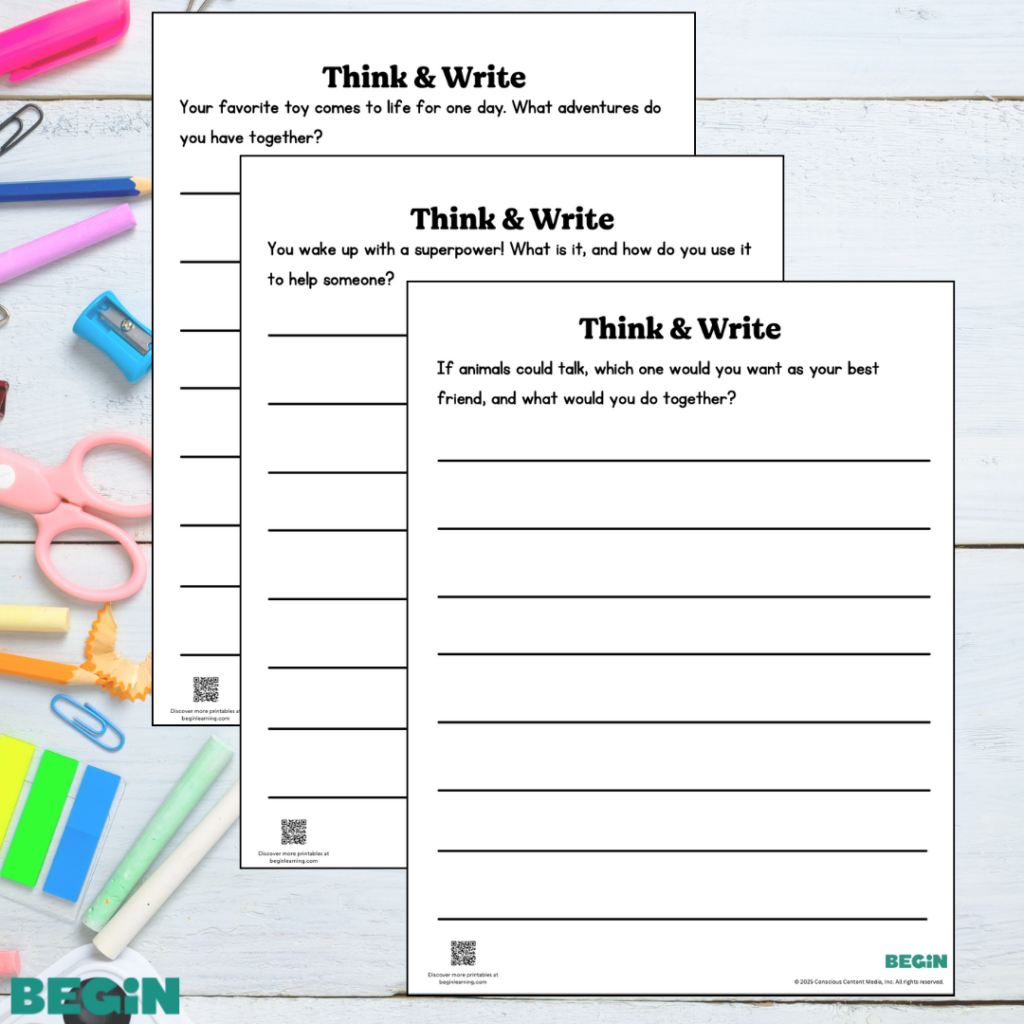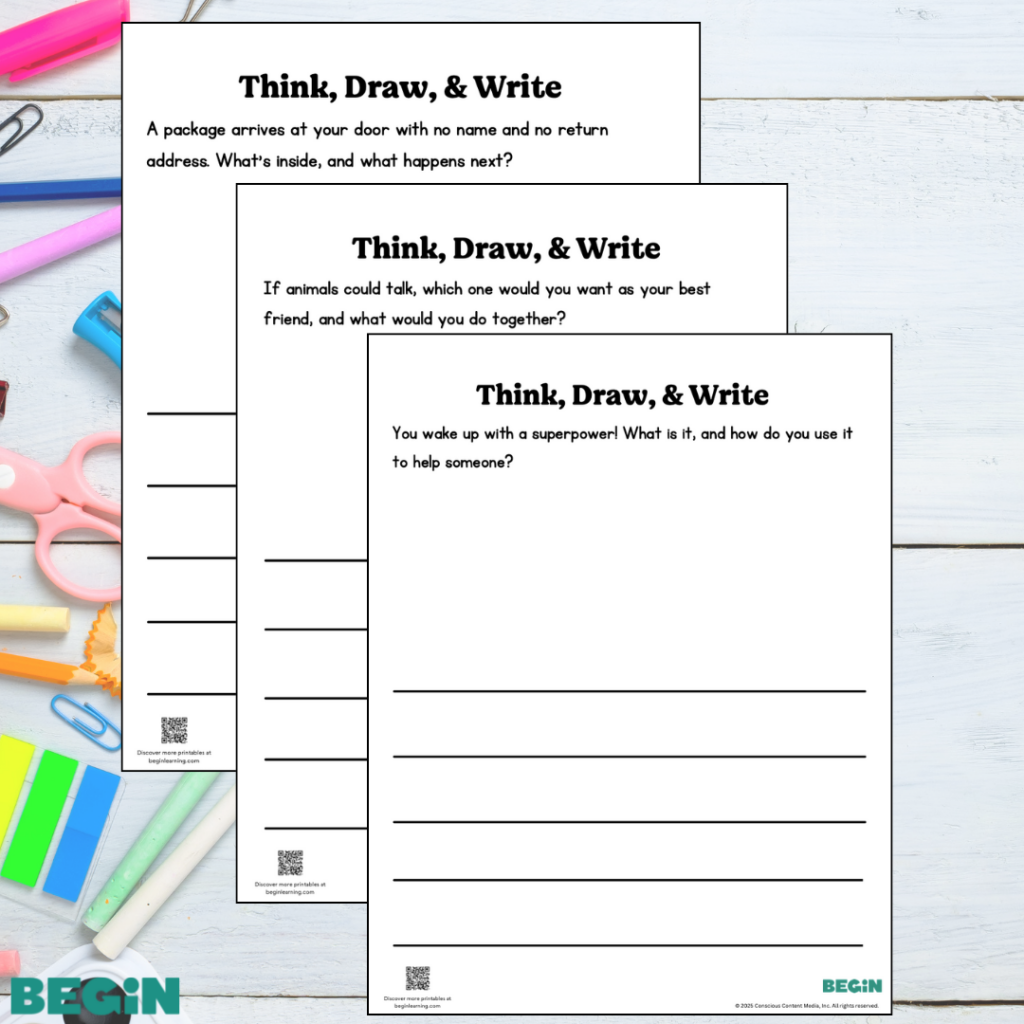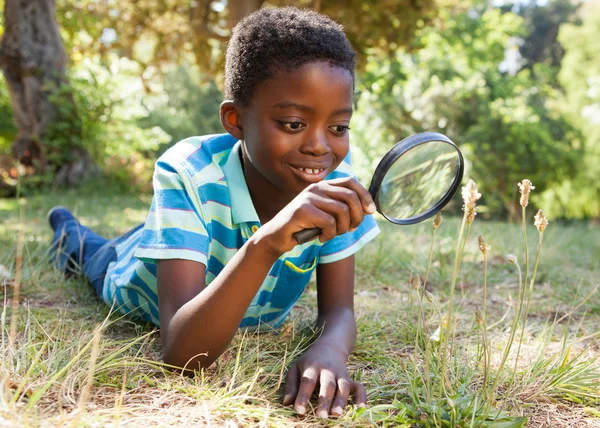When your child is young, handprint art can be great gifts for family members, and at this time of year, usually you are the ones making holiday cards for your friends and family. Why not combine the two to create a fun, inexpensive (and easy!) holiday card tradition that? Keep reading to see how you can set up this tradition with your child! As your child grows, you’ll be able to capture how they are developing physically, socially, and cognitively.
Tools:
Letter-sized card stock (1 for each person you are making a card for)
Paint and paintbrush
Pencils, crayons, or markers
Steps:
1. Fold each sheet of card stock in half to form a card.
2. Using the paintbrush, carefully paint your child’s hand.
3. Turn your child’s hand over and firmly press it down on the card stock (note: as your child gets older, they will be able to do this step by themselves)
4. Carefully peel your child’s hand away from the card to reveal a handprint.
5. While the handprints dry, talk to your little one about the messages you want to put on this inside of the cards.
6. Keep reading for some age-appropriate ways your child can put their own personal message on the inside of the card!
Writing and Decorating Tips By Age
No matter what your child’s age, they can play an active part in personalizing the message on their handprint cards. Our learning experts have given us tips on how your child can contribute to the card.
Age: 18-24 Months
Even if kids at this age do not know a lot about letters and how letters make words, they can still add their ideas to the card. Ask your child what single word they want you to write on the card. Maybe it is LOVE or HAPPY or HUG or KISS. Write the word they pick, saying all the letters as you write. Then suggest that your child draw a picture, use stickers, or write a special word all on their own. Some children will scribble words. For children at this age, that is writing! It is a big accomplishment in their writing development, since it means that they are beginning to understand that marks on a page represent words.
Age: 2-3 Years
Now that your child is between 2-3 years old, they can do everything above PLUS, with your help, they can add their name to the card. At this age, kids find seeing their name very empowering. If they show interest, encourage your child to try writing their name for themselves. They may just write the first letter, but celebrate it all! If they’re interested in tracing, you could write their name for them and have them trace it. You might also ask them to draw a picture of themselves next to their name. If they love that, you can also encourage them to draw pictures of other members of your family and under each drawing label the person. A child might scribble or write random letters. That’s fine. For children at this age, this kind of labeling is a big step towards writing. When your child is done, you might write the words using standard spelling: Mom, Dad, Grandma, Woof (the dog… ).
Age: 4-5 Years
Encourage your child to write their name and a special message on the card. You can help them by asking them to finish one of the following sentences:
You are special to me because _______________.
I have the best time with you when ___________________.
I remember when we ________________.
You make me feel special when you _______________________.
I am grateful to you for ________________.
If they’re struggling for what message they can send their loved one, you could log into HOMER Stories and check out songs like Gratitude, to start the conversation and get inspiration. For kids who feel confident drawing or scribble their own personal message, that’s fine too! You can act as a scribe after they’ve finished, and label any drawings or scribble writing your child does.
Age: 6-7 Years
At this age, your child might want to write a message all on their own. This is definitely something to encourage! However, if they are struggling to come up with a personalized message, you could help them create an acrostic poem based on the person’s name. For each letter, your child can think about what makes that person so special to them. For another idea, you could also ask your child what special words remind them of the person getting the card. Once you have your list of words, help your child to practice writing those words in their best handwriting all over the card. You can also show them how to compose a letter by using “Dear” and “Love” at the start and end of their message.
Learning Outcomes by Age
Now that you’ve made your first card, our learning experts have given us some insights into why setting up this tradition can be beneficial for your child’s development.
Sense of Self
Even very young children are excited to see THEIR handprint on a page! It is even more exciting when they appreciate that their unique handprint is the focus of special holiday greetings to very special people. Their handprints, and by extension themselves, are the stars of the show! We suggest keeping one of the handprints for yourself and putting it in a designated folder. You could even make the cards into wall decorations like Jen from Mumma.Pappa.Bubba. If you make handprints year-after-year, your child can see how their hand gets bigger and bigger. And they will appreciate the central role they play in the holidays, not just one year but for many many years.
Fine Motor and Sensory Skills
As your child personalizes the inside of their handprint card, they’ll develop fine motor skills. Here’s what they’ll be practicing at each age.
Ages 18-24 months: Zhushing up the card with stickers helps children under 2 years old develop their ability to grasp small items with their index finger and thumb, which is called the pincer grasp. Picking up and placing items gets them practicing the precise control of the hand muscles and builds strength and hand-eye coordination.
Ages 3-5 years: Kids in the preschool age love sensory exploration, so instead of painting their hands, you might want to give them a dish full of paint that they can dip their hands in. You can extend the learning in this moment by encouraging them to comment on the sensory things they are noticing. For example, saying things like, “Oooh, this paint feels slippery and gooey” helps your child notice the sensations that they are feeling.
Ages 5+: Children at this age are often eager to add extra drawings, write their own words, and add stickers with an eye towards artistic composition. This detailed work involves skills in gripping pencils and crayons, hand-eye coordination, and visual planning to get the card to looking just right.
We hope you love this holiday tradition as much as we do! Do you have a holiday tradition that your family loves? Let us know in the comments below!
